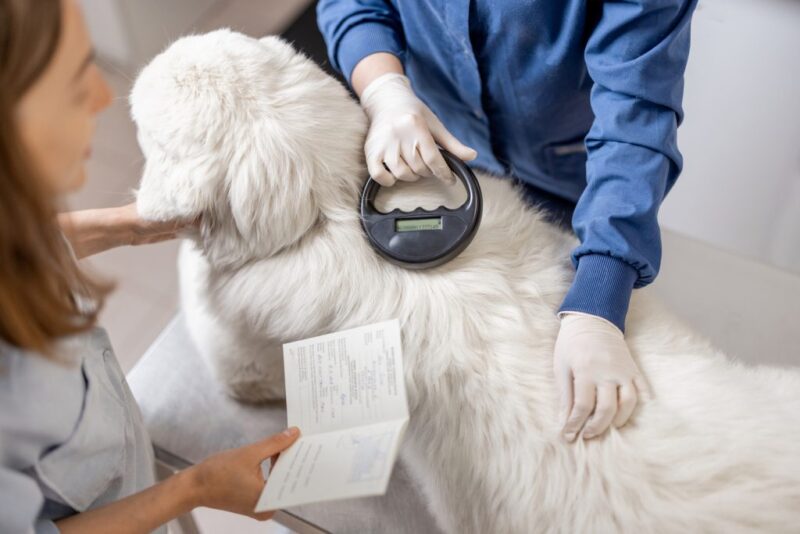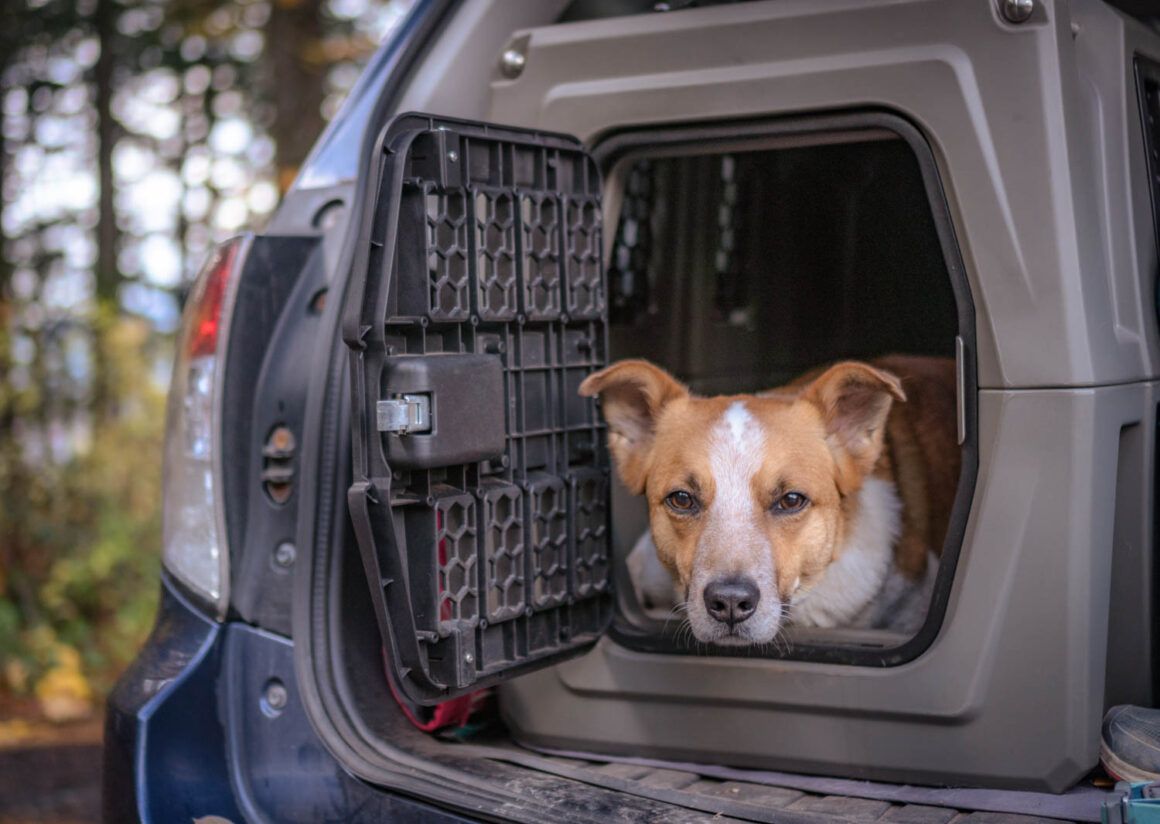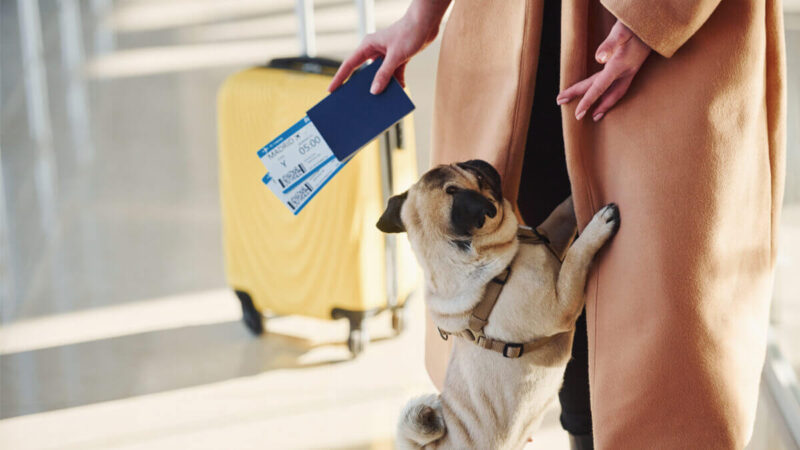Pet relocation on an international scale involves careful planning, adherence to regulations, and consideration for the well-being of our beloved animal companions. This guide serves as a comprehensive resource, shedding light on the essential aspects of the pet relocation international process.
Understanding the Pet Relocation International Process
Research and Planning
- Destination Country Regulations:
- Investigate the specific requirements and regulations of the destination country regarding pet importation.
- Check for necessary vaccinations, microchipping, and quarantine periods.
- Travel Logistics:
- Explore available airlines and their pet transportation policies.
- Consider the duration of the journey and any layovers.
Veterinary Preparation

- Health Checkup:
- Schedule a thorough health examination for your pet with a qualified veterinarian.
- Ensure all vaccinations are up-to-date as per international standards.
- Microchipping:
- Many countries require pets to be microchipped for identification.
- Verify that the microchip meets the standards of the destination country.
Documentation
- Pet Passport:
- Obtain a pet passport or any required documentation from your veterinarian.
- Include essential information such as medical history and vaccination records.
- Import Permits:
- Check if the destination country requires an import permit for your pet.
- Acquire and complete all necessary paperwork.
Travel Crate Preparation

- Appropriate Size:
- Select a travel crate that provides enough space for your pet to stand, turn, and lie down comfortably.
- Ensure the crate meets international airline standards.
- Comfort Items:
- Place familiar items like your pet’s bedding and toys in the crate for comfort.
- Familiarize your pet with the crate before the journey.
Booking the Flight
- Pet-Friendly Airlines:
- Choose airlines known for their pet-friendly policies.
- Confirm the availability of pet-friendly cabins or cargo options.
- Direct Flights:
- Whenever possible, opt for direct flights to minimize travel time and stress for your pet.
Arrival and Customs Clearance
- Quarantine Procedures:
- Be aware of any quarantine procedures in the destination country.
- Ensure you have all the necessary documentation for customs clearance.
- Pet Pickup:
- Arrange for a smooth pickup process at the destination airport.
- Have a familiar item to comfort your pet upon arrival.
Challenges and Considerations

Stress Management
- Pre-travel Training:
- Gradually acclimate your pet to the travel crate and the sensations of travel.
- Consider short practice trips in a car to gauge their response.
- Post-Arrival Adjustment:
- Allow your pet time to adjust to the new environment.
- Provide familiar items and maintain a routine to ease the transition.
Breed-Specific Regulations
- Breed Restrictions:
- Some countries have specific regulations or restrictions based on the breed of the pet.
- Research and comply with any breed-specific requirements.
Cultural Sensitivity
- Local Attitudes:
- Be aware of cultural attitudes towards pets in the destination country.
- Respect local customs and norms related to pet ownership.
Conclusion
Embarking on the journey of pet relocation internationally requires meticulous planning, adherence to regulations, and a deep commitment to the well-being of your furry friend. By understanding the various steps involved, addressing potential challenges, and prioritizing your pet’s comfort, you can navigate the process with confidence.
Whether it’s a new job opportunity, a change in residence, or a desire for new experiences, your commitment to your pet’s welfare ensures a smooth transition to a life filled with international adventures.


